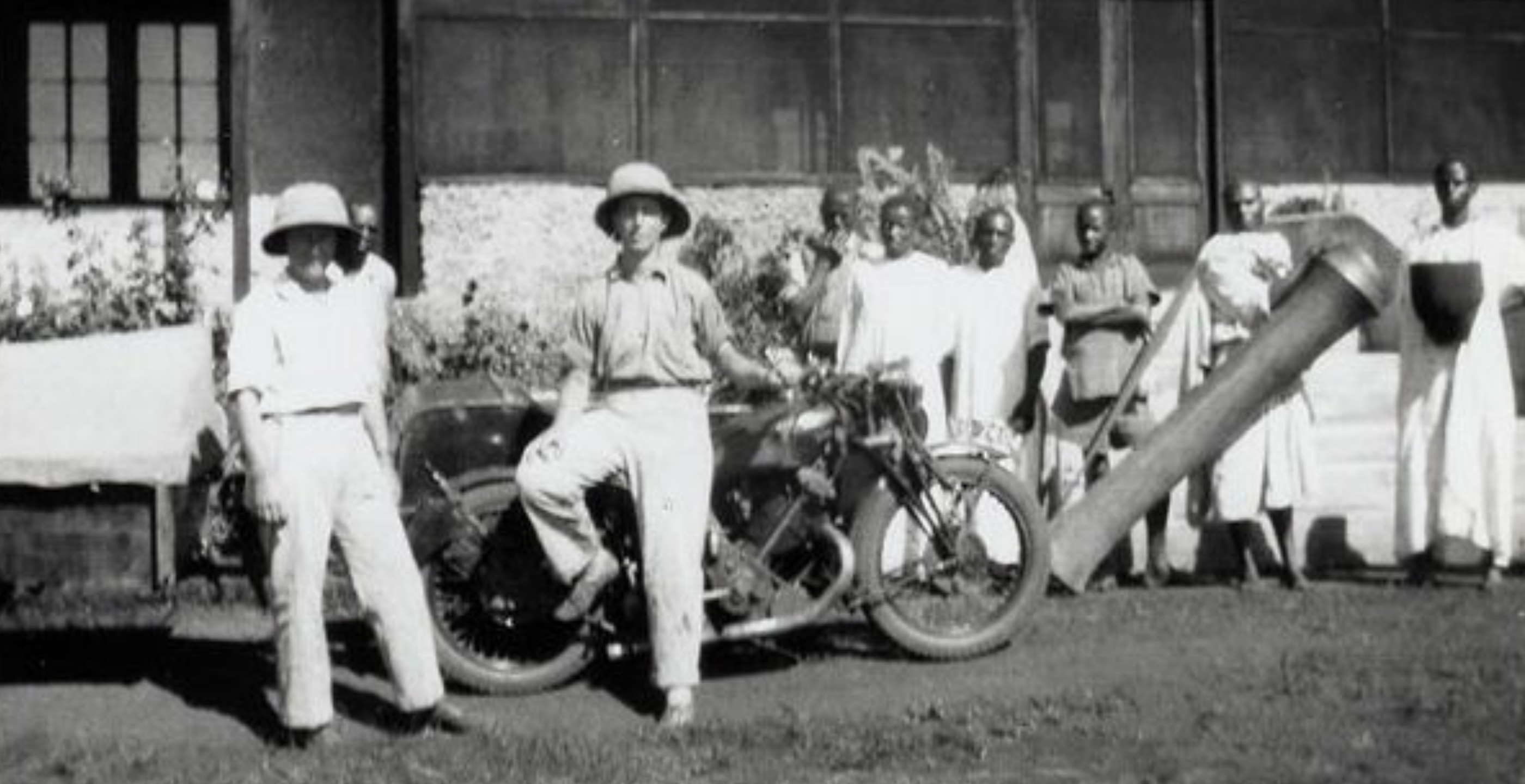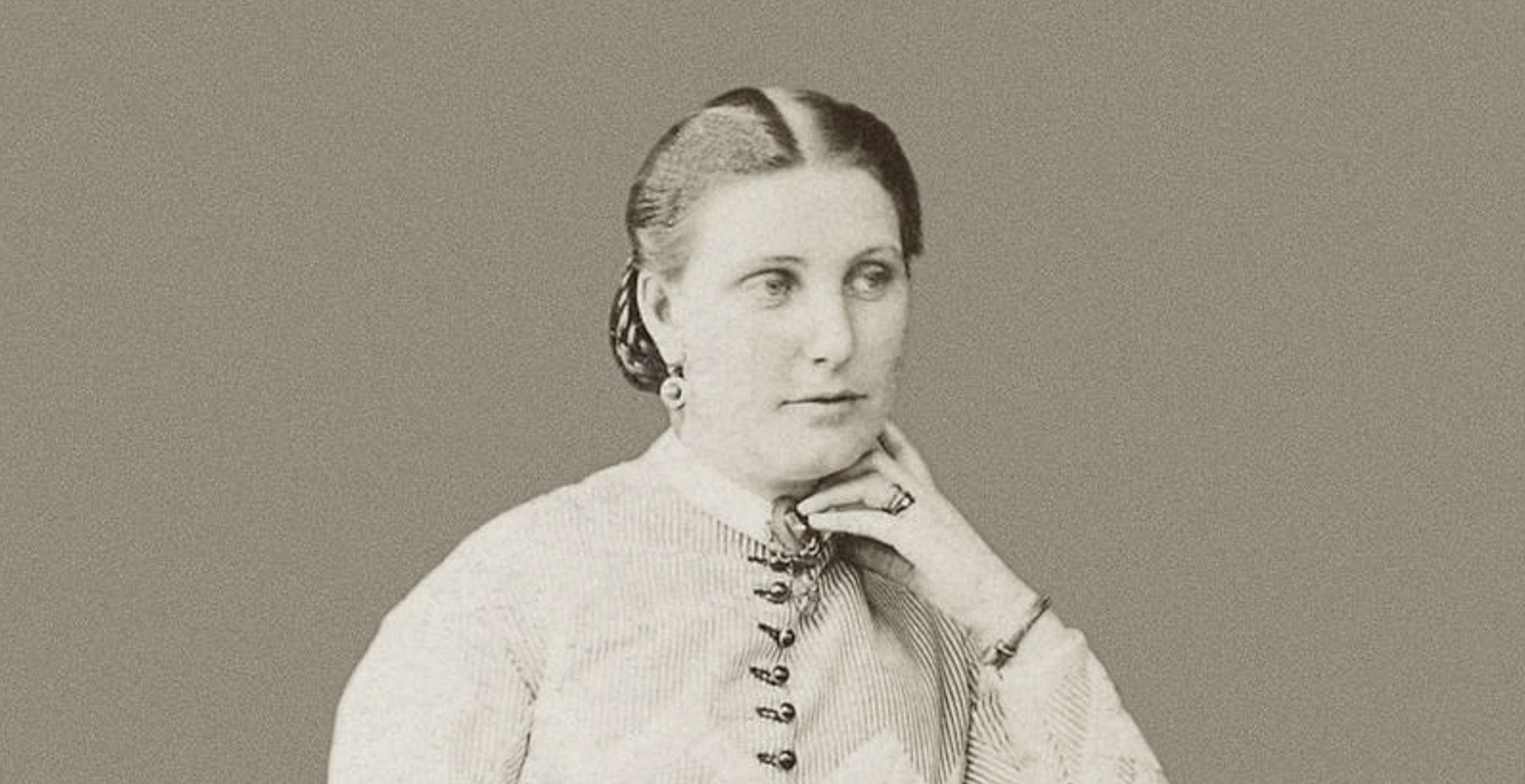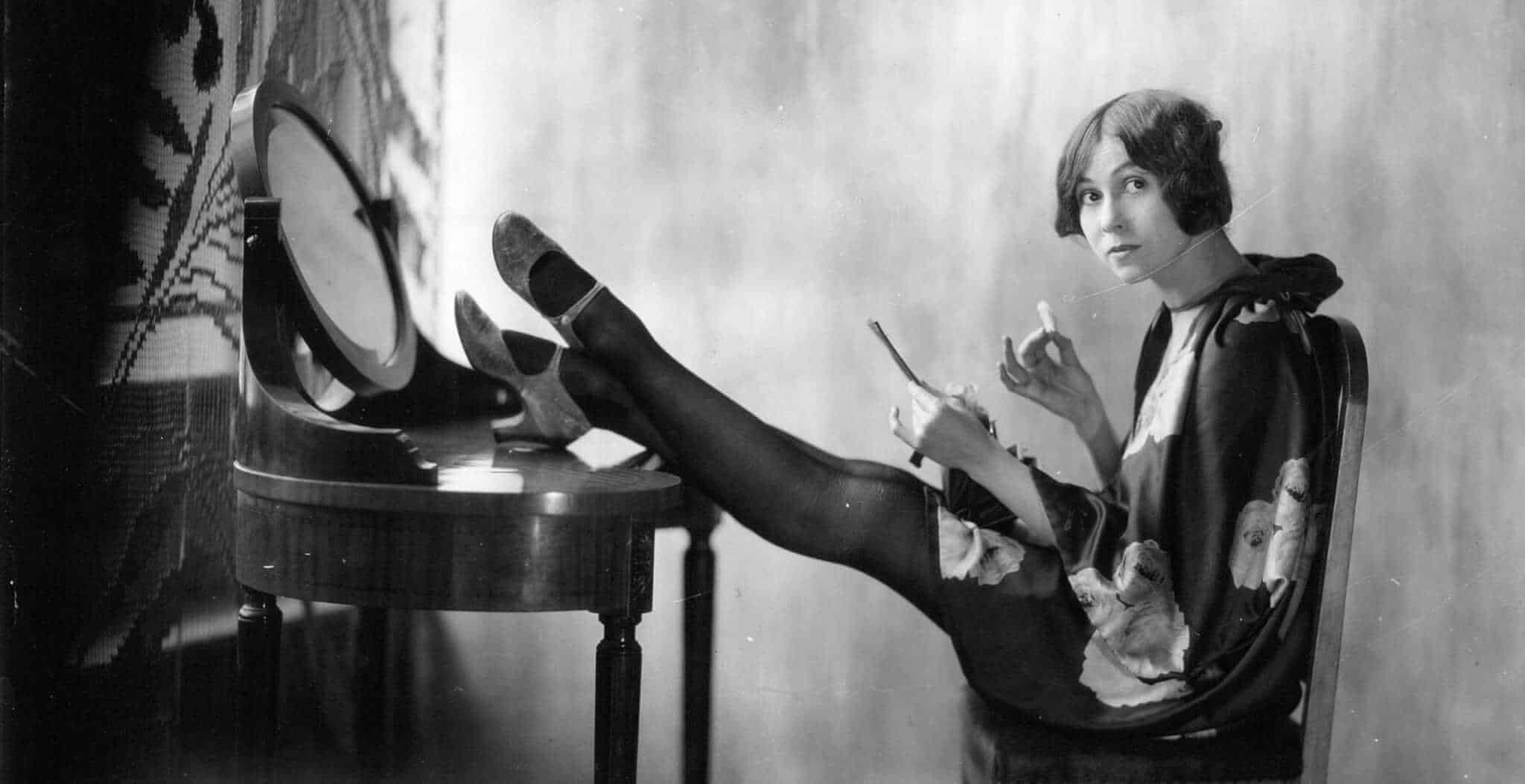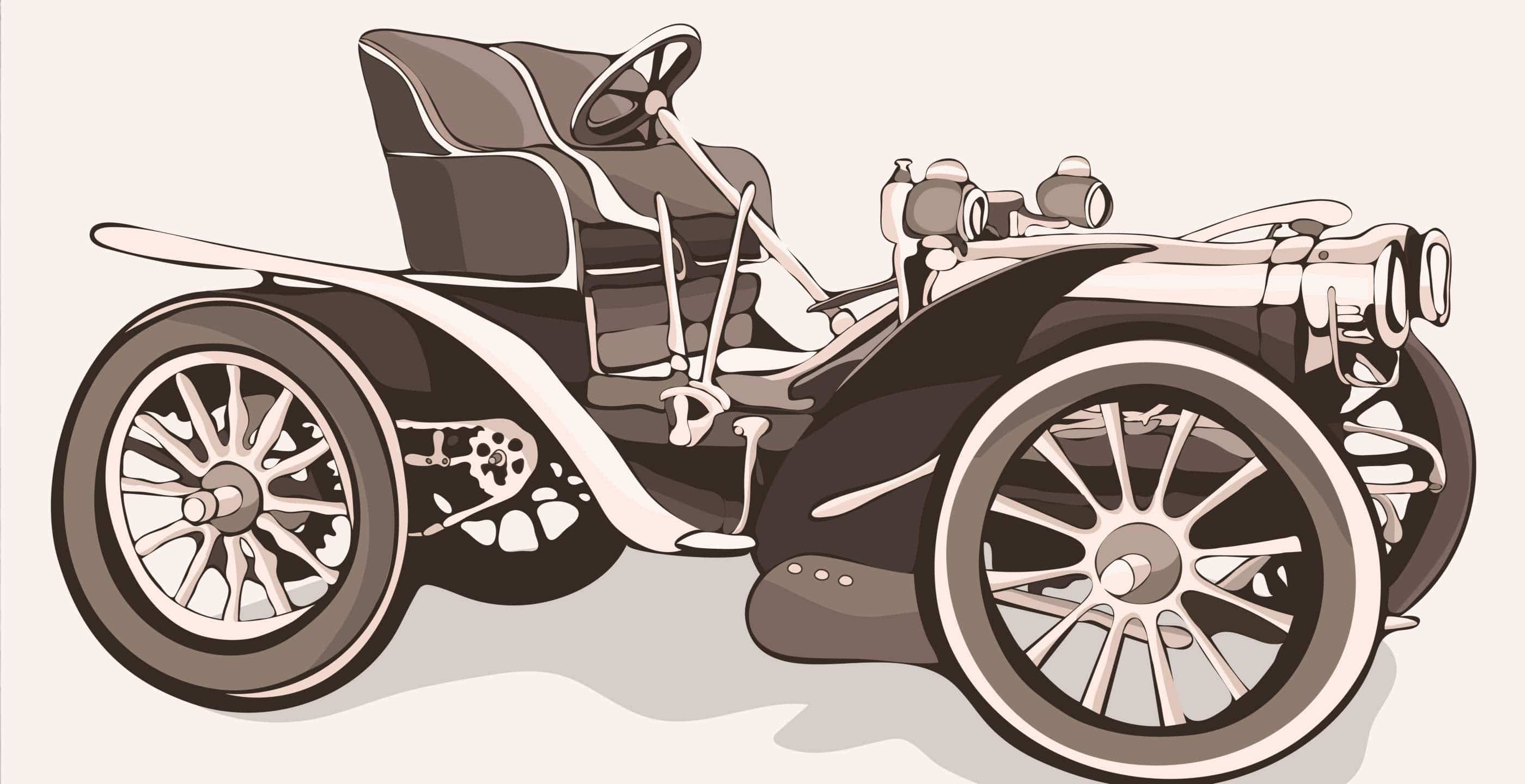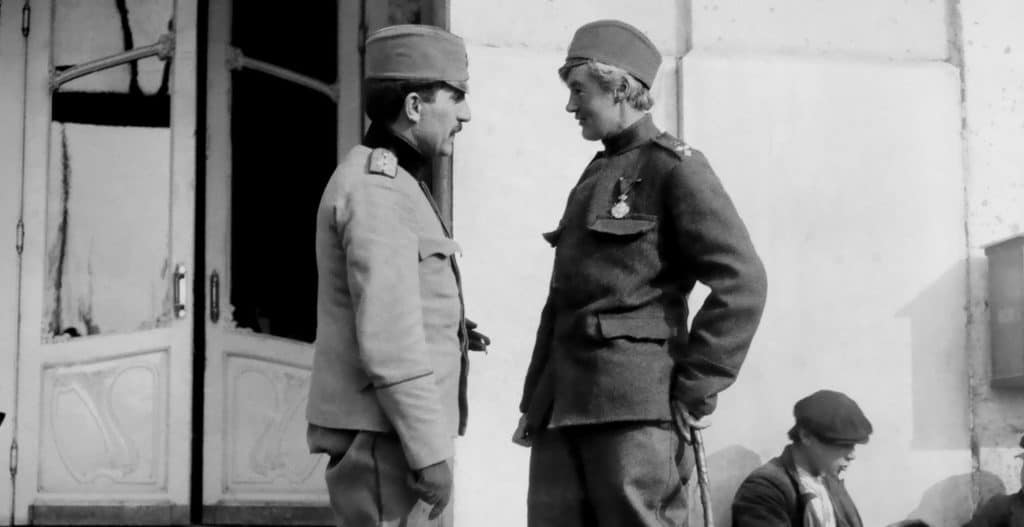In 1935, two British motorcyclists, Florence Blenkiron and Theresa Wallach, set off on a long-distance ride that would later be described by the American Motorcyclist Association (AMA) as “quite simply one of the most radical motorcycle journeys ever”. Their plan was to travel from London to Cape Town in South Africa with a motorcycle, sidecar and trailer, and to return the same way.
Blenkiron and Wallach had both been interested in motorcycles from an early age. Yorkshirewoman Florence Blenkiron (1904 – 1991) first rode a motorcycle in her teens. Wallach (1909 – 1999), originally from Buckinghamshire, is said to have taken her first engine apart in her bedroom when she was 18 years old, a vital part of the experience of any would-be motorcycle engineer. Wallach subsequently attended the Northampton Polytechnic Institute in Clerkenwell, London, as the only female engineering student in her year. Wallach became a practising engineer and joined the Women’s Engineering Society in 1929.
By 1928, Blenkiron was starting out on her racing career, taking part in the first ever Ladies Race at Brooklands. She became a regular attendee there, meeting Wallach in September 1933, shortly before Blenkiron won her first race. This was the Three-lap All-comers Handicap, in which both women and men could take part.
The next year, Florence Blenkiron was the first woman motorcyclist to ride at an average of over 100 miles an hour on the Brooklands track riding her 500cc motorcycle, a Grindlay-Peerless. In 1939, Teresa Wallach would emulate her friend’s achievement, reaching an average of speed of over 101 miles per hour on a 350 cc Norton. That was after their long distance adventure to Cape Town.
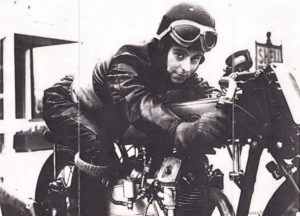 Theresa Wallach, Brooklands 1939
Theresa Wallach, Brooklands 1939
Both Blenkiron and Wallach were two out of only three women to ever win British Motorcycle Racing Club (BMCRC) gold star lapel badges for racing at the Brooklands track. The third was Beatrice Shilling, whose engineering contribution to Spitfire safety is widely held to have made a major contribution to the successful outcome of the Battle of Britain. That, however, is a story for another time.
Enthused by their ability and successes, Blenkiron and Wallach shared a London house together shortly after they met. Wallach called her friend “Blenk” and they continued to improve their skills and to compete in races. The Cape Town journey seems to have begun as a half-serious suggestion that turned into a project. Blenkiron wanted to visit relatives who lived in South Africa, a long and sometimes difficult journey by sea in the 1930s.
The scheme became reality when motorcycle manufacturers Phelon and Moore (P&M) of Cleckheaton, Yorkshire, offered them a 600 cc Redwing Panther motorcycle, and sidecar manufacturers Watsonian added a sidecar and trailer. Further sponsorship followed, and after a year’s preparation, Blenkiron and Wallach set off from London in December 1934, cheered on their way by a group of supporters that included politician Lady Nancy Astor.
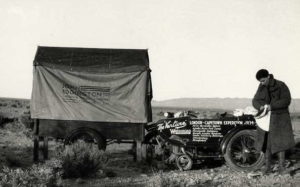 Africa, 1935
Africa, 1935
The women were planning to drive straight across the Sahara, passing through territory without roads or adequate mapping. It’s said they didn’t even take a compass with them! They took on all challenges, including dealing with wild animals, particularly snakes, being kidnapped by Touaregs and somehow keeping topped up with petrol, travelling 13,500 miles in eight months to arrive in their destination Cape Town. Along the way they had taken photographs and some brief sections of film. The American Motorcyclist Association recalls that on one occasion they had to push the sidecar outfit for 25 miles after a breakdown.
The plan had been to return by the same motorbike and sidecar, but the original Panther was written off in an accident. P&M stepped in, promising to send out a new motorcycle and sidecar combo. However, Theresa Wallach was taken ill and had to return by boat to the UK. Florence Blenkiron set off alone to make the return journey, beginning in September 1935 and finally arriving in London in April 1936.
Photographs exist of a smiling Florence Blenkiron, dressed in a pith helmet and wearing what appears to be a classic Belstaff storm coat, at the end of her epic lone return journey from Cape Town. Displayed along the side of the sidecar are the words: The “Venture II” Watsonian Sidecar Cape Town to London Expedition, followed by a list of places she had passed through including Bloemfontein, Salisbury, Kakamega, Kampala, Bangassoo, Fort Archambault, Tamanrasset, Algiers (with the “l” missing) and Marseilles.
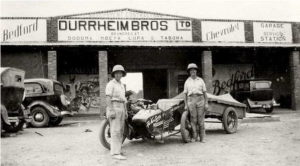
The editors of “The History of Motor Cycling” note that after the news came back that Blenkiron and Wallach had arrived successfully on the Cape and were preparing for their return, “This remarkable feat of courage and endurance got little attention in the technical press, which was busying itself with exciting happenings in the International Six Days Trial, back again among the Bavarian Alps”.
After such a genuinely epic adventure, Blenkiron and Wallach appear to have found themselves at loose ends, as many adventurers do. Wallach published a book, “The Rugged Road”, and is said to have put an anonymous ad in a newspaper in 1938: “Timbuctoo or anywhere – young lady holding world motor records wants job. – Denham, Bucks”. Blenkiron, meanwhile, worked as a chauffeur and tour guide, setting up her own business and travelling abroad.
The friends’ paths diverged. Both women were actively involved in World War II, Wallach in the ATS, Blenkiron in Kenya as part of the Mechanised Transport Corps, and subsequently in India where she met her husband Kenneth Kingaby.
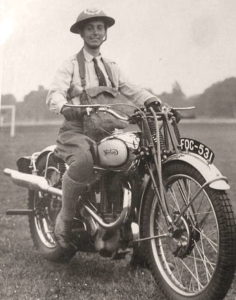 Theresa Wallach, World War Two.
Theresa Wallach, World War Two.
While Blenkiron’s interest in motorcycles seems to have faded, Theresa Wallach had an extraordinary career late in life that focussed entirely around her beloved machines. She travelled to the USA, toured by motorbike, worked as a mechanic despite facing opposition, and set up her own company importing British motorcycle models. Realising the need for quality training, she began to focus on teaching learner riders to ride safely. In 1970, her publication “Easy Motorcycle Riding” was a big hit, leading her to open the ‘Easy Riding Academy’.
Wallach was also a great ambassador for motorcycling, and for women motorcyclists in particular. She was a founder member of the Women’s International Motorcycle Association and its first Vice President. She carried on riding motorcycles until the age of 88 and died at the age of 90. Her lifelong commitment to motorcycling as an activity is represented in the awarding of membership to the AMA’s Hall of Fame.
It could be argued that the achievements of Blenkiron and Wallach have not received the attention that might be expected. They were the first people to complete the journey from London to Cape Town by motorcycle, and Blenkiron’s solo return trip was an extraordinary achievement in itself. In 2018, Ilford Special Lantern Plate glass slides of their outward journey turned up at auction in West Sussex. Some also appear to show the replacement Panther that Florence Blenkiron rode home. The collection sold for just £1300.
Miriam Bibby BA MPhil FSA Scot is a historian, Egyptologist and archaeologist with a special interest in equine history. Miriam has worked as a museum curator, university academic, editor and heritage management consultant. She is currently completing her PhD at the University of Glasgow.
All photographs by kind permission https://cybermotorcycle.com
